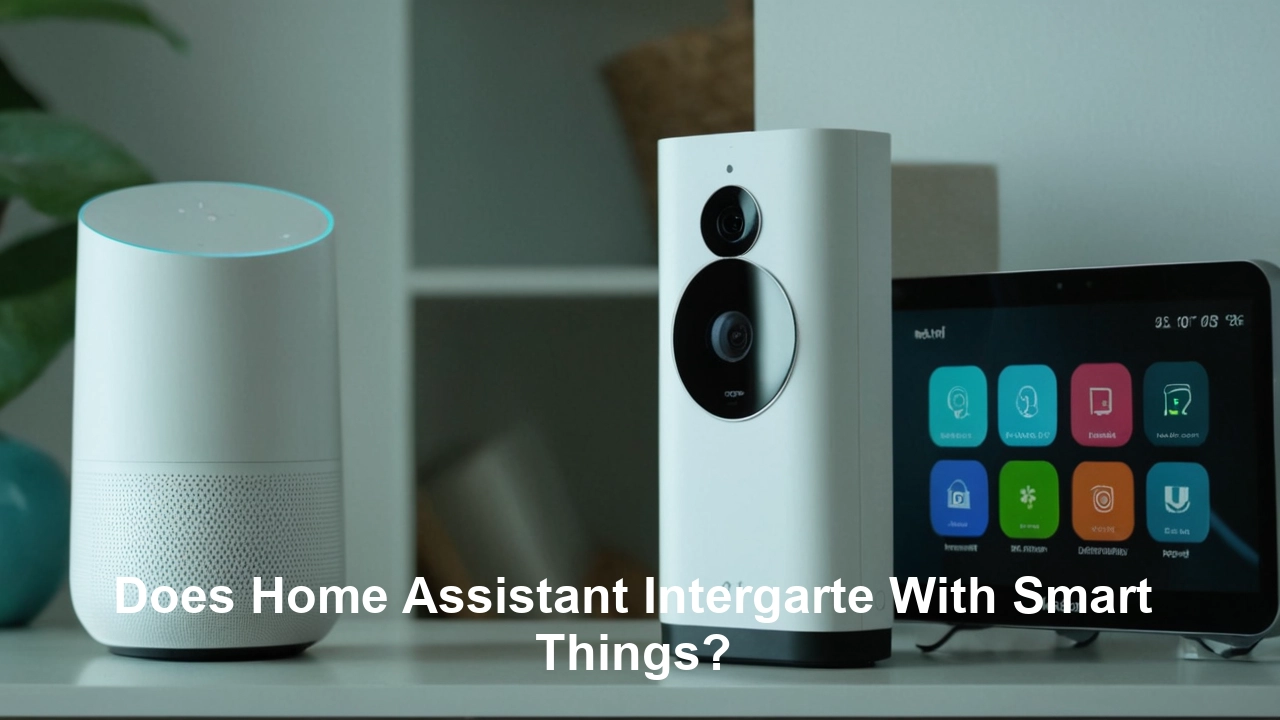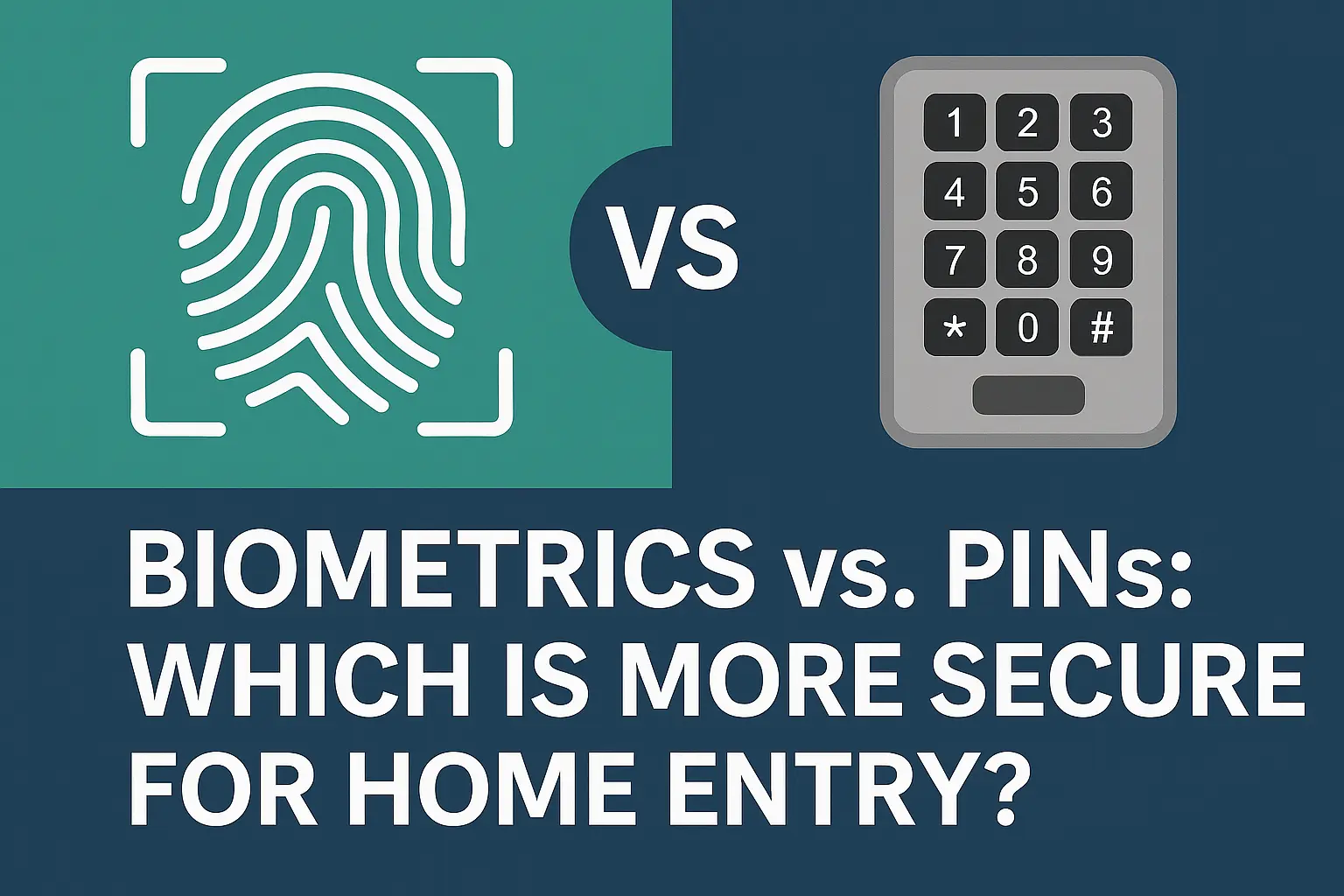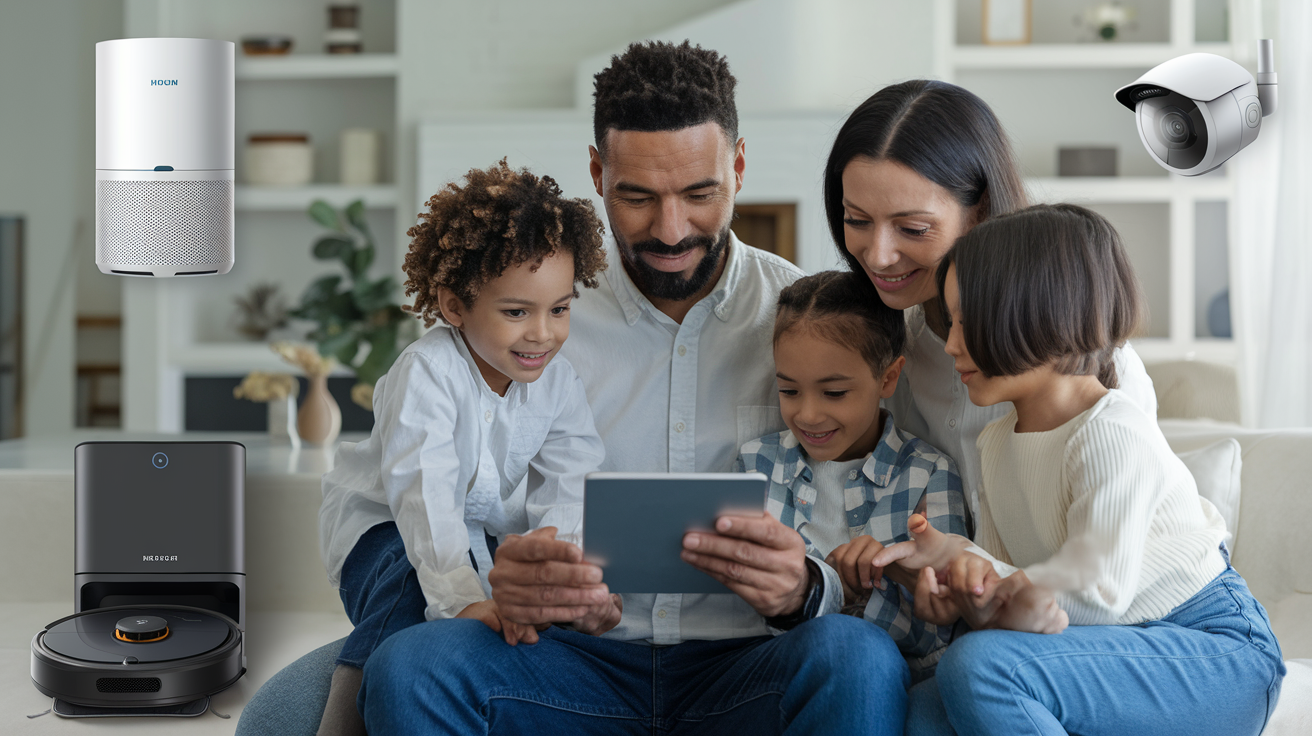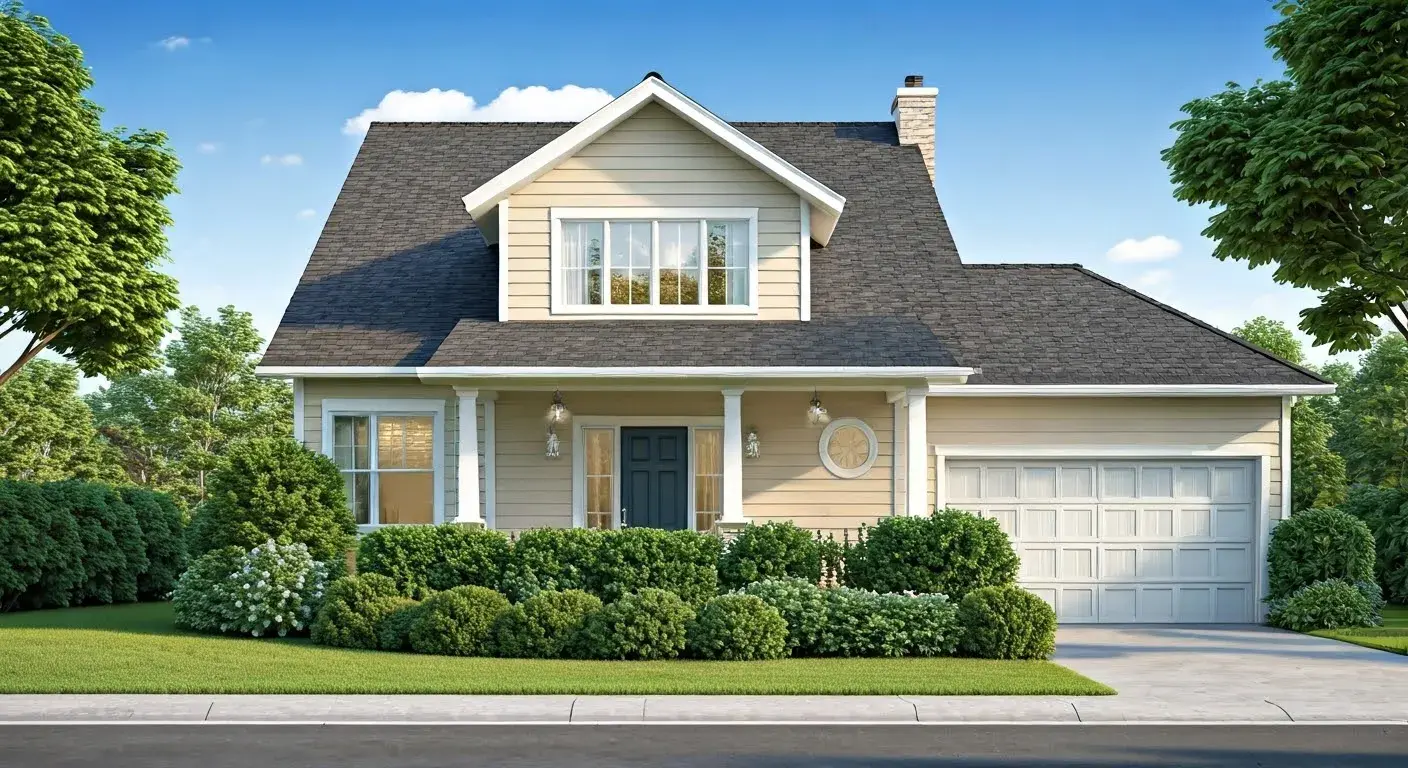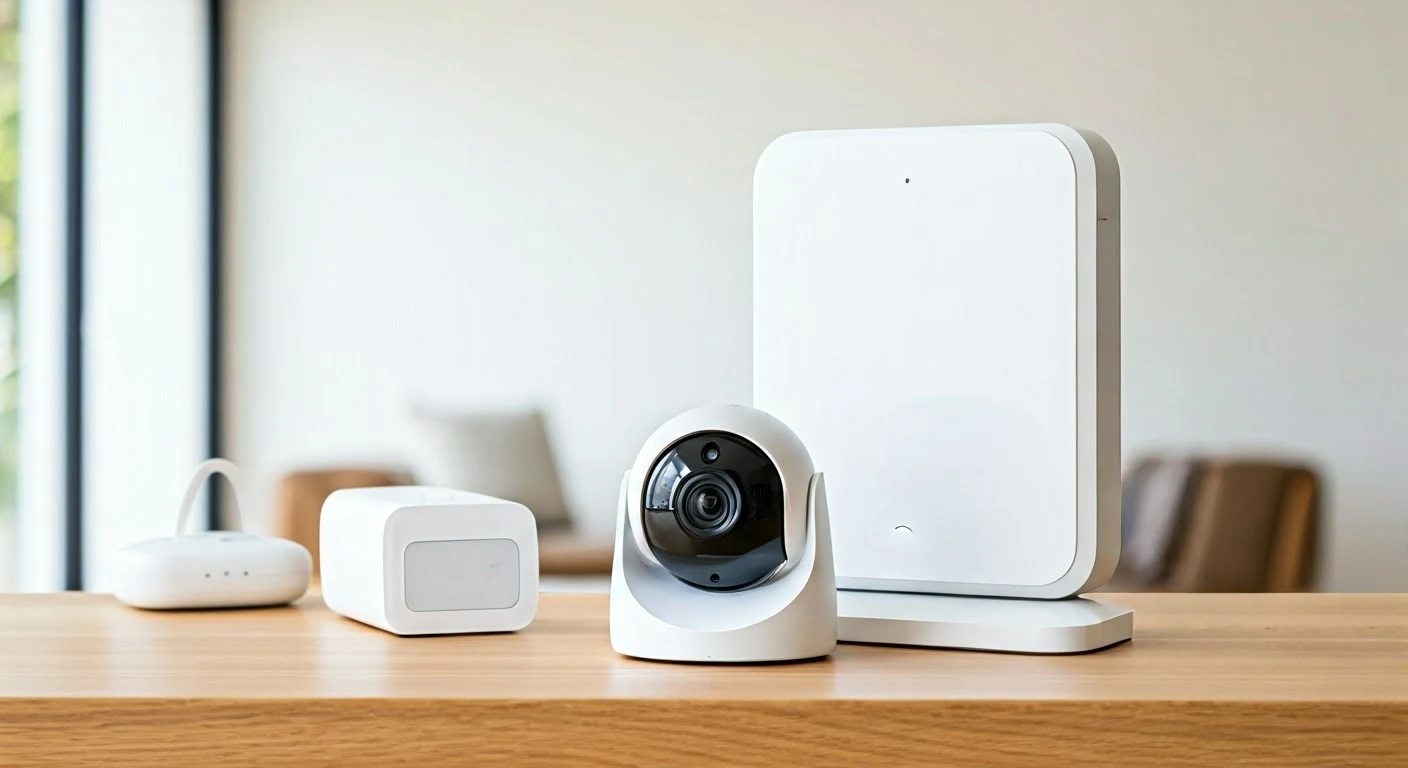Two of the most often used Smart Home Automation systems, allowing customers to control and schedule a large array of gadgets in their home, are Home Assistant and SmartThings. Some people wonder if Home Assistant can operate with other SmartThings and whether it is feasible to seize the chances SmartThings presents about gadgets and automation. SmartThings can be connected with Home Assistant, hence the quick response to this query is yes.
You will learn the workings of Home Assistant SmartThings Integration, what can be done with it, and the benefits and drawbacks of using Home Assistant with SmartThings.
What is a Home Assistant?
Home Assistant is an open-source home automation software that can be used to connect and coordinate multiple smart home devices from various manufacturers. For instance, you can set Home Assistant to control Philips Hue lights in such a way that they switch on when Nest Protect detects smoke.
Home Assistant is installed on your hardware and does not require cloud services. This makes it operational locally without necessarily requiring an internet connection. It is compatible with over 1500 types of smart devices and systems. It is an extensible and configurable system for an extended level of smart home control.
What is SmartThings?
Samsung developed a closed-wire method of smart home control called SmartThings. To run with suitable smart appliances, it links many wireless technologies like Zigbee, Z-Wave, Bluetooth, and Wi-Fi. Through one interface, the SmartThings app and cloud enable users to control, interact with, and organize compatible devices.
SmartThings accomplishes remote control and automated processing via cloud computing. It relates to many other things, such as smart appliances like sensors, switches, locks, and lights. More devices may be added to SmartThings via SmartApps and device handlers.
You will learn how Home Assistant works in conjunction with SmartThings and what it has to offer to users. Home Assistant has an integration with SmartThings that is built directly into the software, which is a way of linking the two together. This helps Home Assistant to integrate and utilize devices and functions from the SmartThings ecosystem.
- The connection between Home Assistant and SmartThings is done by linking your Samsung account and SmartThings cloud. This is done securely via an access which gives the application limited access to the user's Facebook profile.
- SmartThings can discover devices that are connected to the Home Assistant once the two are connected. It allows you to decide which SmartThings devices you would like to connect.
- SmartThings-enabled devices are represented in Home Assistant as entities with their status and characteristics shown.
- These are the SmartThings entities that can be used directly in Home Assistant for automation, scripts, control panels, etc.
- Changes made to SmartThings entities in Home Assistant will have an impact on the corresponding real devices. For instance, the ability to switch on a SmartThings light via Home Assistant UI will result in the actual light bulb that is linked to the SmartThings hub being switched on.
These SmartThings devices are within larger Home Assistant flows.
Capabilities and Use Cases Samsung SmartThings is a platform that Home Assistant can use to access devices associated with your Samsung SmartThings account. Here are some of the ways this integration can be used:
- Tap into the Home Assistant interface to control SmartThings devices such as lights, switches, locks, and sensors, among others.
- Establish Home Assistant automations that are complicated and involve SmartThings devices besides other manufacturers that are compatible with Home Assistant, like Google Nest, and Ecobee thermostat, among others.
- Perform actions on the state changes of SmartThings devices. For instance, turn off Hue lights when a SmartThings door sensor is opened after 11 PM.
- SmartThings sensors include motion, temperature, and moisture, among others, which can be used in Home Assistant automation to control any device.
- Develop Home Assistant views such as the dashboards or the Lovelace UI views, where the status of SmartThings devices, including locks, leak sensors, etc, is displayed. It can be viewed by visibility.
- SmartApps that are connected with SmartThin, such as modes, lighting, and sensors, can hence be managed from Home Assistant.
The main advantage here is that Home Assistant can work with SmartThings devices as with native ones. This way, all of the Home Assistant features can operate with SmartThings hardware, as shown in this integration.
Considerations Before Integration: Here are a few things to note before connecting SmartThings to Home Assistant:
- SmartThings integration involves the use of Samsung account details. This enables Home Assistant to only view the linked devices and state data according to SmartThings permissions.
- SmartThings cloud-only automation for SmartThings devices will still function without interference. Home Assistant cannot edit or override any of those.
- This integration will not disable/erase any configurations or automation you've set up within SmartThings. It simply links accounts.
- Think about whether you require all SmartThings devices in Home Assistant. Perhaps it will be more effective to choose specific devices that would be crucial for interaction.
Advantages of Integration: Some key advantages of integrating SmartThings with Home Assistant include:
More Powerful Automation. In the Automation engine, as part of Home Assist, and with inputs from SmartThings devices, it enables extremely potent automation unavailable when using SmartThings alone.
No Vendor Lock-in.n Of course, it is convenient to have both SmartThings and Home Assistant. The main disadvantage is that the user can mix and match the devices they need at home; they are not tied to a single platform.
Local Processing. The benefit of Home Assistant being local is that most of the automation will still be completed as expected if the internet is down, as long as the triggering device is still functioning during the time the internet is down.
Granular Device Control Mimic and fine-tune SmartThings devices more extensively from Home Assistant than may be possible from the SmartThings mobile app.
Easier Migration Path The third benefit is that if one day you decide to leave SmartThings, migrating to Home Assistant, such devices become easier.
Potential Drawbacks. However, some limitations or disadvantages come with SmartThings and Home Assistant integration:
Requires Cloud Access. Home Assistant connection depends on having an active connection to Samsung Cloud to interact with SmartThings devices, so it is not fully local.
No SmartApps SmartApps that are integrated into SmartThings with additional functions developed by third parties will not be available directly in Home Assistant in raw form.
Complex Debugging Debugging issues can become quite tedious when automations are set across multiple platforms, such as the SmartThings cloud platform, while the Home Assistant is in the local network.
Changes Can Con. Conflict. As we have seen, it is not uncommon for Home Assistant and SmartThings to alter the states of the devices at the same time, which then leads to a conflict that requires resolution. Backup configurations are to be made to facilitate the easier rectification of this if it occurs.
In Conclusion
Home Assistant has a high level of integration with Samsung SmartThings and allows the use of devices connected to SmartThings in Home Assistant scenes, scripts, and any kind of custom control with state synchronization.
It enables the creation of the most adaptive and scalable smart home with multiple platform compatibility. However, there is an added difficulty of bridging between two platforms, but overall, it is quite simple. It is necessary to manage the planning process to achieve the maximum benefits with the least problems in the future.
FAQ: Does Home Assistant Integrate With SmartThings?
Q1: Does Home Assistant integrate with SmartThings?
A: Yes, Home Assistant integrates with SmartThings through the official SmartThings integration, allowing devices to be controlled from one platform.
Q2: How do I connect SmartThings to Home Assistant?
A: You can connect SmartThings by enabling the SmartThings integration in Home Assistant and linking your SmartThings account.
Q3: Can I control SmartThings devices from Home Assistant?
A: Yes, once integrated, you can control and automate SmartThings devices directly from Home Assistant’s dashboard.
Q4: Do I need a SmartThings hub for integration with Home Assistant?
A: In most cases, yes. A SmartThings hub is required for full functionality with Home Assistant.
Q5: Is the SmartThings integration in Home Assistant cloud-based?
A: Yes, it primarily uses the SmartThings cloud API, meaning internet connectivity is required for communication.
Q6: Can I use Home Assistant automations with SmartThings devices?
A: Absolutely. Once linked, you can create advanced automations in Home Assistant using your SmartThings devices.
Q7: Does SmartThings integration support sensors and switches?
A: Yes, Home Assistant can access SmartThings lights, switches, sensors, locks, and other supported devices.
Q8: Is SmartThings integration in Home Assistant free?
A: Yes, both Home Assistant and the SmartThings integration are free to use.
Q9: Does the SmartThings integration work locally or only via cloud?
A: It mainly works via the SmartThings cloud, but some advanced setups may allow limited local control.
Q10: Can I remove SmartThings integration from Home Assistant later?
A: Yes, you can easily disable or remove the integration in Home Assistant settings if you no longer want to use it.
